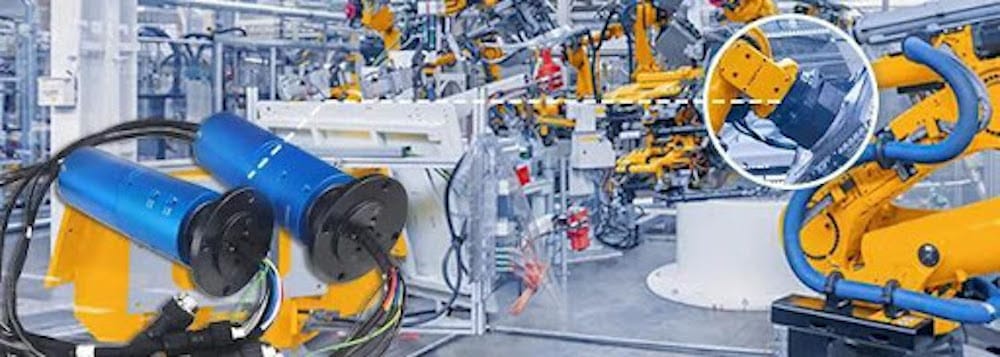Pneumatic rotary union is a critical component in these systems, enabling the transfer of compressed air and hydraulic fluid between stationary and rotating components.
The automation industry has grown rapidly in recent years, with the use of robots and automated systems becoming more prevalent in manufacturing processes. Pneumatic rotary union is a critical component in these systems, enabling the transfer of compressed air and hydraulic fluid between stationary and rotating components.
One of the primary advantages of pneumatic rotary unions in the automation industry is their ability to handle high-pressure compressed air or hydraulic fluid without leaks or interruptions. This is crucial in manufacturing processes that require precise pressure control, as any interruption or leak can result in a defective product.
Another advantage of pneumatic rotary unions in automation is their ability to reduce wear and tear on equipment. By eliminating the need for hoses or tubes that move with the machine, pneumatic rotary unions reduce friction and vibration, resulting in less wear on bearings and other moving parts. This leads to longer machine life and lower maintenance costs, ultimately increasing the profitability of the automation system.
Furthermore, pneumatic rotary unions can be customized to meet specific automation needs. They are used in a variety of industries, including automotive, aerospace, and packaging. The versatility of pneumatic rotary unions allows automation system manufacturers to improve their processes, reduce costs, and increase overall efficiency. The essential component that enhances the functionality of these rotary unions is the 134/2 Schroeder dirt alarm designed to effectively monitor and detect any contamination or dirt particles present in pneumatic systems.
Conclusion
In conclusion, pneumatic rotary unions are a key component in the automation industry, providing a reliable and efficient way to transfer compressed air, hydraulic fluid, or other gasses and liquids between a stationary supply and a rotating machine part. By improving efficiency, reducing wear and tear, and increasing profitability, pneumatic rotary unions are an essential element in the automation industry.


